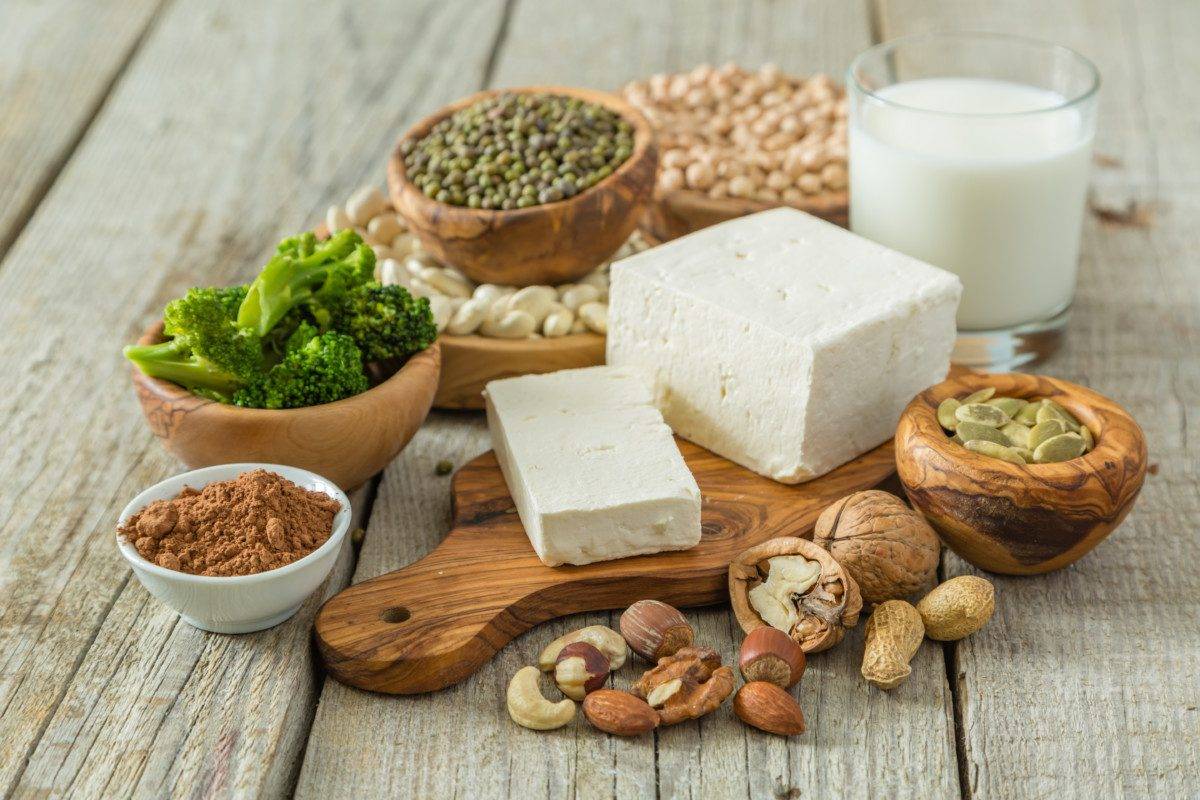By Dan Mollins, PT
4 Minute Read

Prior to your activity, you want to make sure you have an opportunity to warm up, get the body moving in a non threatening way. Dynamic stretching is very important to get your joints used to being loaded, prior to your movement. Along with dynamic stretching, activation exercises are crucial to assuring the right muscles are working during your activity. Have you ever tried to squat and felt your IT band more than your glutes? This is a common movement error derived from poor movement patterns that have not been corrected over time. Prior to squatting, running, or long walks, warm up the glute muscles to prime them for dominating that activity.
Gluteus Medius Activation
- Isometric Glute med against wall – place one leg against the wall, bent to 90 degrees (with your foot behind you). Now go into a semi squat position on the standing leg, once here, you will drive your leg against the wall, and your should feel the standing glute activate. This is my favourite pre run activation exercise. 3 sets per leg at 15 seconds x 3 reps.
- Banded Squats – Take a resistance band, place it just above your knees. If it needs to be tied, assure you tie it with your feet together to have additional resistance. Perform 3 x 12 squats with the band, focusing on driving the knees outwards.

Post workout, or the cool down phase, is as important as the preworkout activity. Surprisingly, there is little research the support the use of an active cool-down post exercise. Originally thought to help relax muscle tone, it is now shown to dampen the accumulation of lactic acid (a byproduct of exercise). This sounds great right? Less post exercises soreness? Able to train more often? Sadly these are not the cases. The relation between lactic acid build up and DOMS (delayed onset muscle soreness) has been debunked; yes lactic acid build up is related to DOMS, but it does not play as an important role as we once thought. An active cool-down (i.e., jogging post leg day, walking your last km of your run) has been shown to decrease biological marker build up, however this has less impact on performance than we once thought. Instead of an active cool-down, research has been pointing towards foam rolling or soft tissue release as great preventative and performance measures alike. Foam rolling may appear daunting at first, honestly it will not feel the best at first. To start, I recommend rolling against the wall in a standing position, this allows you to control the pressure much better than lying on a roller/ball. Once you can tolerate an okay amount of pressure, switch to rolling on the ground to add more pressure, ultimately further desensitizing the tissue. Other forms of soft tissue release can be found in forms of massage guns, therapeutic cupping, Graston, or even dry needling. Adjusting the way the tissue responds post activity is crucial to staying active and healthy.


